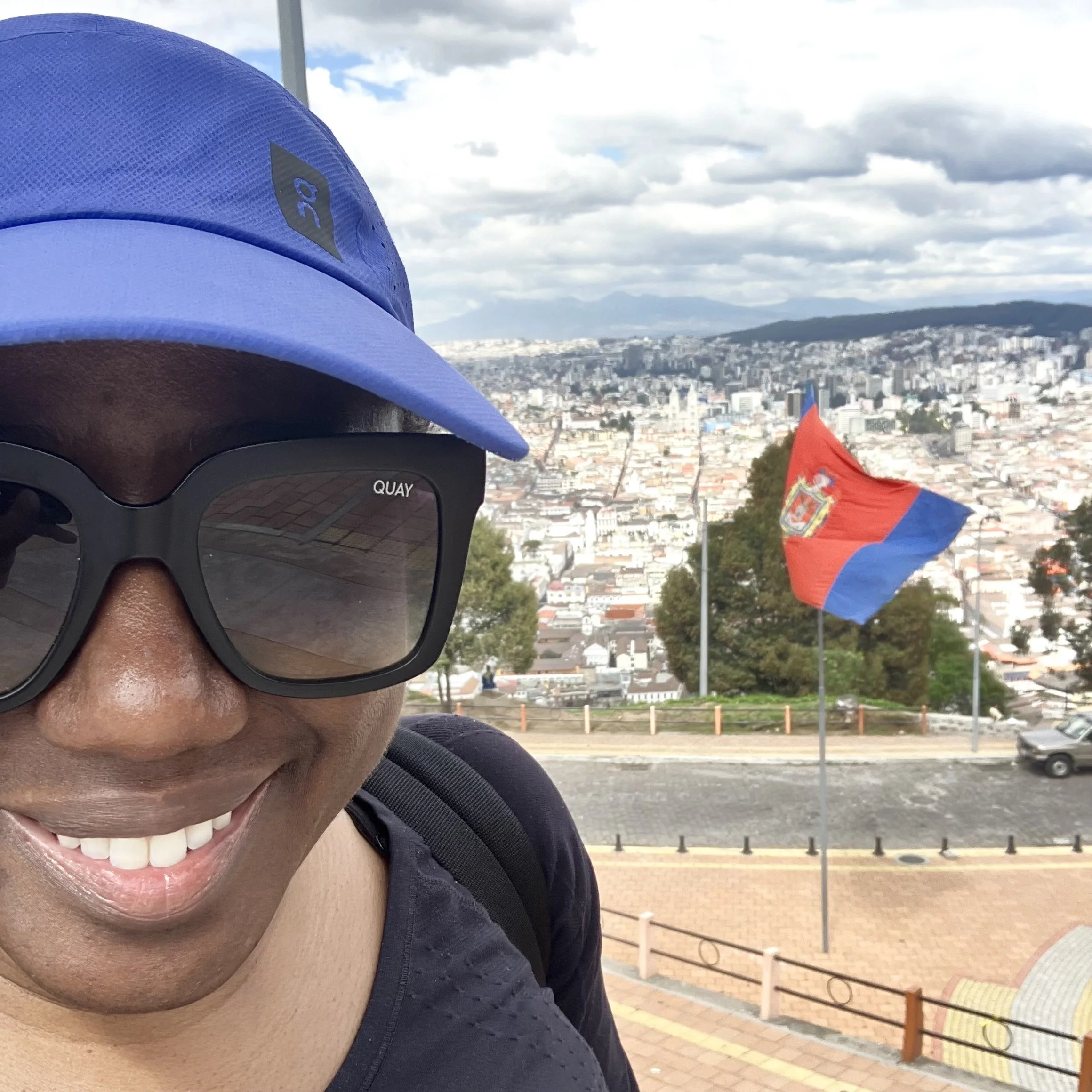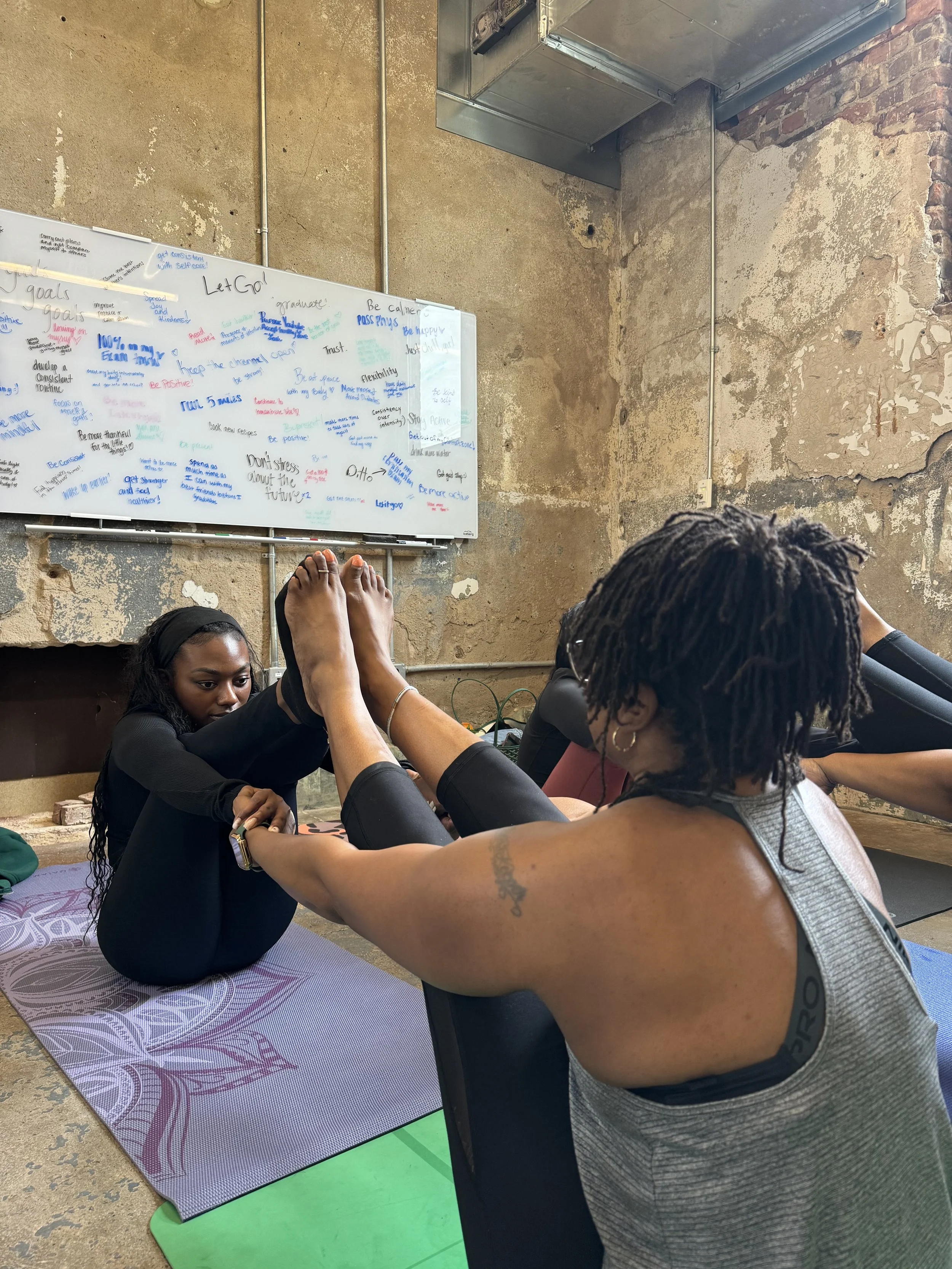How to prepare for your first Pilates session
Ivory Howard
I hate sit ups. I bet you hate them too. Sit ups give me flashbacks to high school gym class and the dreaded sit up test we had to take every year.
Sit ups aren’t the only way to strengthen your abs.
When I discovered Pilates, I remember falling in love with it because it helped me maintain a strong core in a new way. I was officially over sit ups and only here for Pilates. It only takes a few minutes of practice a day to produce results. You don’t need any equipment and you practice anywhere. It’s also a low-impact, weight-bearing activity. Pilates provides many other ab-strengthening exercises without the monotony, boredom, or gym class flashbacks.
New to Pilates? Keep reading to find out exactly what you need to know for your first session.
WHAT IS PILATES?
Pilates is a form of exercise that was developed in the early 20th century by Joseph Pilates. He called his method Contrology which refers to the way the exercises encourage the use of the mind to control the muscles. These exercises focus on awareness of breath, alignment of the spine, and strength of the core postural muscles.
WHAT ARE THE BENEFITS OF PILATES?
There are many benefits to Pilates that may include improved core strength; increased flexibility and strength; and improved posture, balance and stability; flatten belly and toned body; and increased well-being and state of mind.
WHAT SHOULD I WEAR?
During your Pilates practice, you should wear activewear that feels comfortable and allows you to move easily such as a tank top and a pair of leggings.
WHAT DO I NEED?
You’ll need a great “sticky” mat for practice. A sticky mat is an exercise mat with non-stick grip that prevents you from sliding during practice. These roll-up mats are also available with extra padding for individuals who have back issues or prefer more cushion during rolling exercises.
WHAT'S A PILATES SESSION LIKE?
During your session, your instructor will guide you through a series of 20-25 poses with verbal cues and physical adjustments. During your sessions, feel free to speak up and ask questions like “Where should I feel the work?” or “How can I relieve the tension in my neck?” You should never feel strain or pain in any pose. If you feel an exercise is too strenuous, ask your instructor for a modification. She should have multiple options that are safe and effective.
SHOULD I TALK TO MY INSTRUCTOR ABOUT MY HEALTH?
Do you have an injury or a physical condition such as pregnancy, high blood pressure or recent surgery that might affect your ability to practice? You may feel that those issues are private but your teacher needs to know to guide you through a session safely by offering modifications to avoid putting stress on the affected area.
HOW MANY TIMES PER WEEK SHOULD I PRACTICE PILATES?
Two to three times per week is recommended. When practiced consistently, benefits of Pilates may include a refreshing mind-body workout, development of strong core muscles, improved posture, increased flexibility, and decreased stress.
WHAT IF I NEED TO RESCHEDULE?
In honor of your time and your instructor’s, please be on time and ready to workout at the time of the appointment. If you need to reschedule an appointment, please do so as soon as you can.
WHAT ELSE DO I NEED TO KNOW?
Pilates is not suited for everyone. Before practicing Pilates, discuss your medical history and fitness goals with your physician so that you can make an informed decision about your health.
If you choose to practice Pilates, remember these tips for practicing safely.
First, breath is an important part of your Pilates practice. It involves inhaling through your nose and exhaling through your mouth. Full inhalations and exhalations are important because they aid in movement control during difficult abdominal exercises. Avoid holding your breath at any point during your workout. As you inhale, breathe in slowly and allow the air to fill the upper part of your chest to your ribs to your lower back. Take care to inhale without allowing your chest or shoulders to rise. As you exhale, let go of the breath with control. You can also try to practice this breathing exercise off the mat when you have a moment while driving in traffic, working at your desk or taking the dog for a walk.
Many beginners unknowingly limit their breathing when they become tense in their upper body and face. Shoulder and facial tension can limit complete exhalations, preventing you from expelling carbon dioxide. You'll be less efficient and tire much faster. Holding your breath can also raise blood pressure and, as a result, you may feel lightheaded or even pass out.
Never hold your breath in any pose. Be aware of how you are breathing throughout your practice and use it as a guide. Are you holding your breath? Can you hear your breath as you breathe in and out completely? Are you inhaling and exhaling at the appropriate times? Relax your shoulders and face and try breathing in through your nose and out through your mouth. Be sure to use full inhalations and exhalations to aid movement control as you move through challenging poses. Breathe out as you exert effort and breathe in when the pose is less challenging. If you feel your breath become jagged, that's your cue to back off and try a modification. Ask your instructor for a modification if you feel a pose is too strenuous. She should have multiple options that are safe and effective.
Second, neutral spine is the natural position of the spine when the body is in proper alignment. To find neutral spine, lie on your back with your knees bent and feet flat on the floor with your arms alongside your body. Inhale and as you exhale push every back bone into the mat. Inhale and as you exhale and arch your back allowing for enough room to place your hands under your back. Again, exhale and imprint every bone into the mat. Inhale and arch your back. You will find neutral spine somewhere between these poses. When you’re in neutral spine, there will be only enough space for a grape or two or three fingers in the hollow space (also known as the “grape space”) under your lower back. Try to maintain neutral spine throughout your practice.
Third, the powerhouse primarily consists of your core postural muscles including your abdominal and back muscles. Lie on your back with your knees bent and feet flat on the floor with your arms alongside your body. Inhale and allow your belly button to drop towards your spine. Then, pull in your abdominal muscles and breathe normally. Your powerhouse should always be pulled in and up, in this way, like you’re trying to pull on a tight pair of jeans.
Finally, move only in a range of motion that you can control. For example, if you find that it is difficult to make large circles during the One Leg Circle exercise, try drawing small circles the size of a dinner plate on the ceiling.
You should never feel strain or pain in any pose. If you feel an exercise is too strenuous, ask your Pilates instructor for a modification. She should have several options for safe and effective practice.
That’s it! Follow these tips for safe and effective Pilates practice. If you have any other questions, feel free to reach out to me anytime.
Or let me know if you have gym class flashbacks too. Comment below or connect on Instagram and tell me all about it. I’d love to know!



